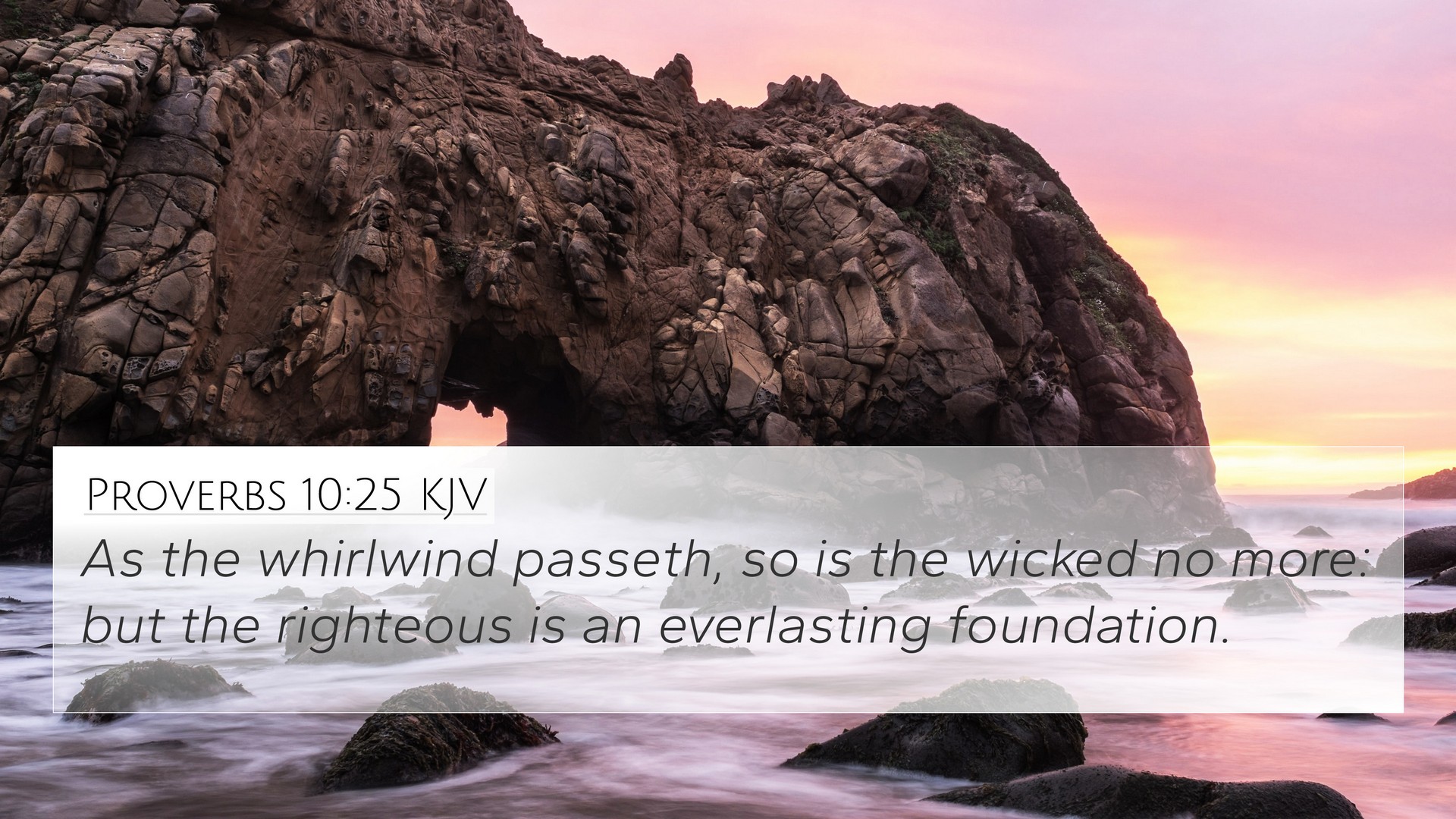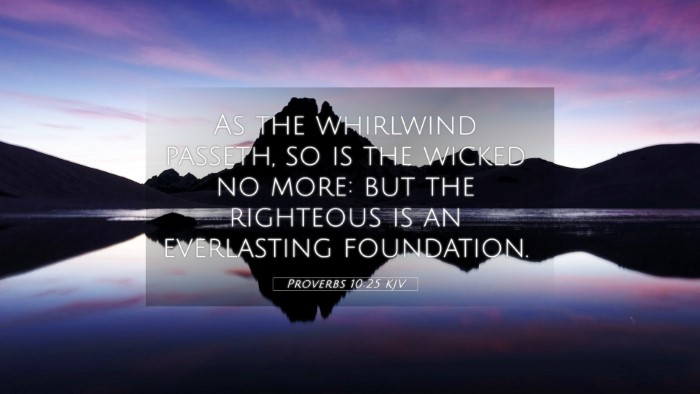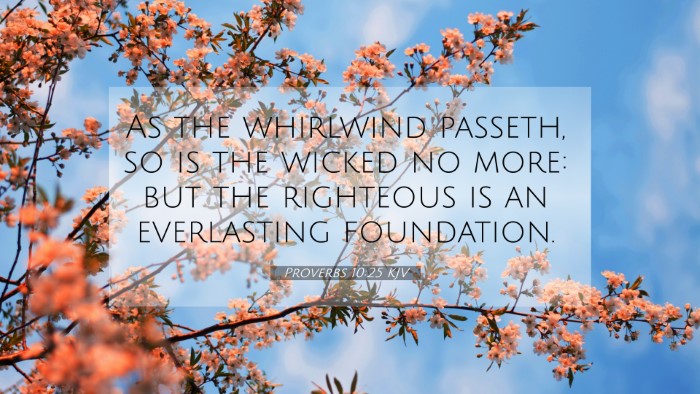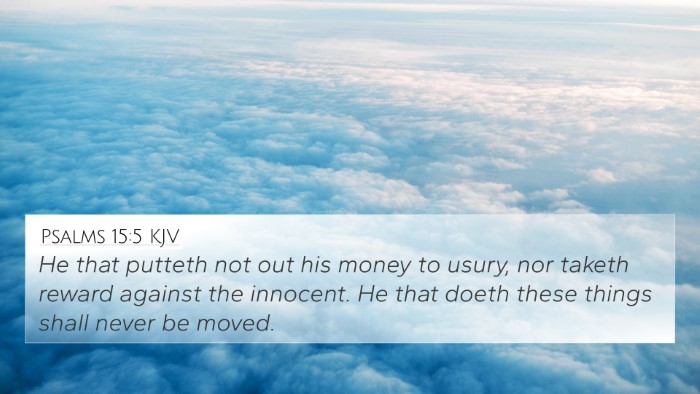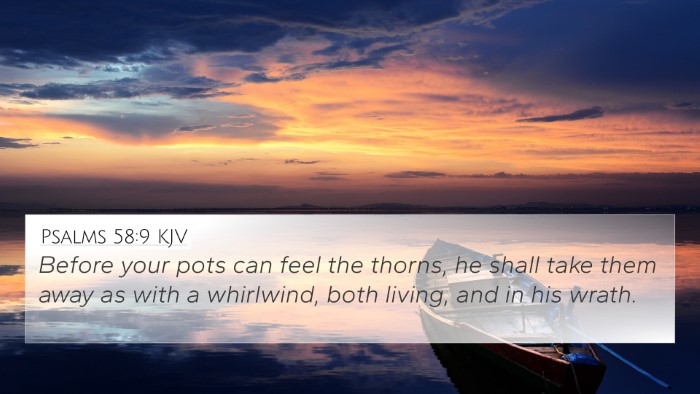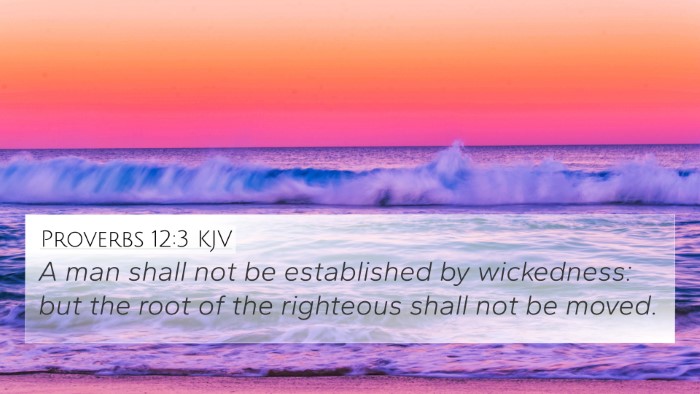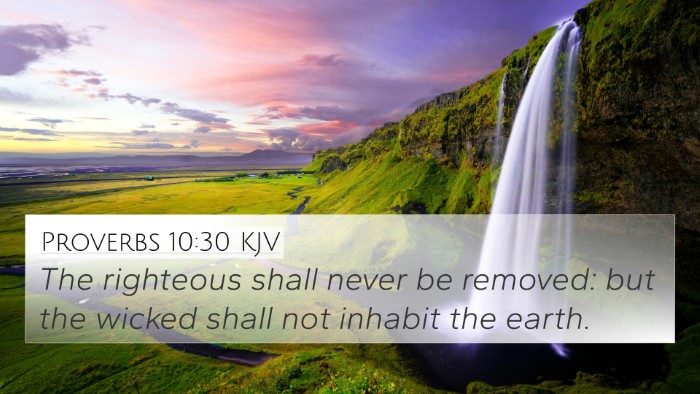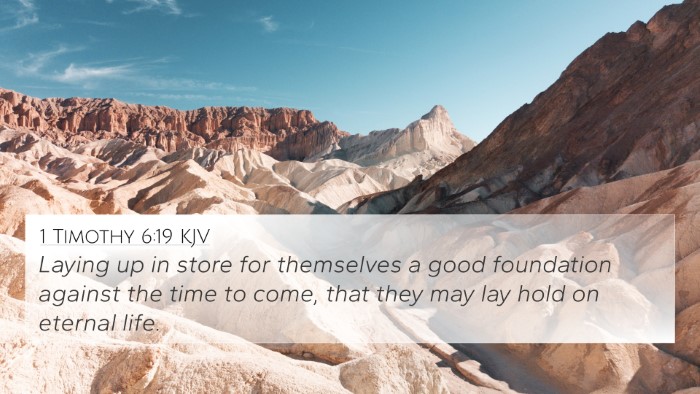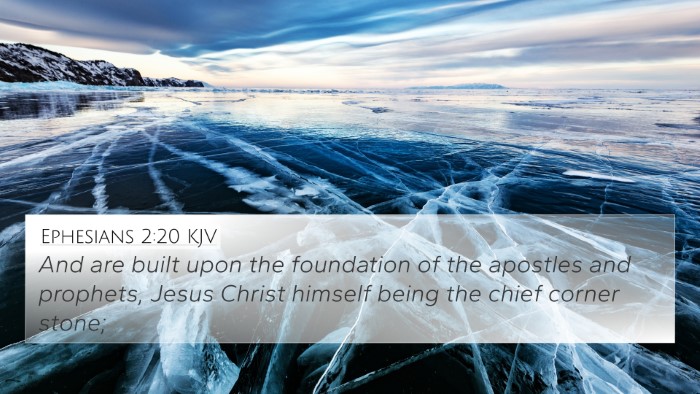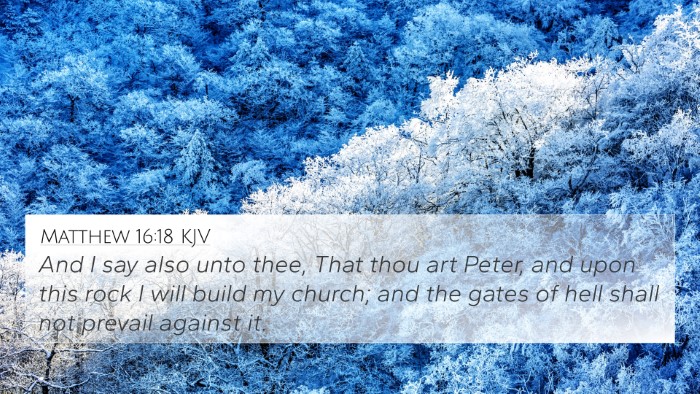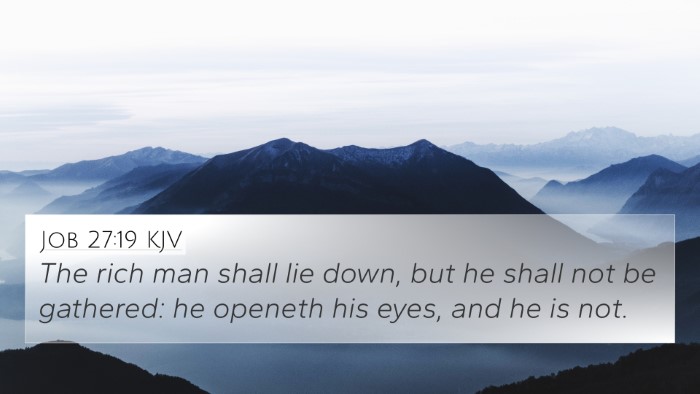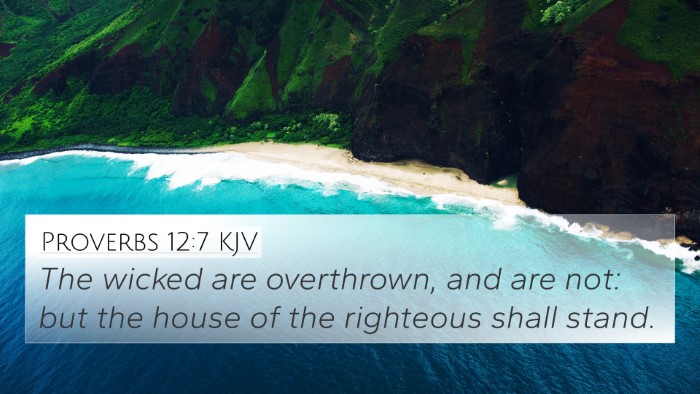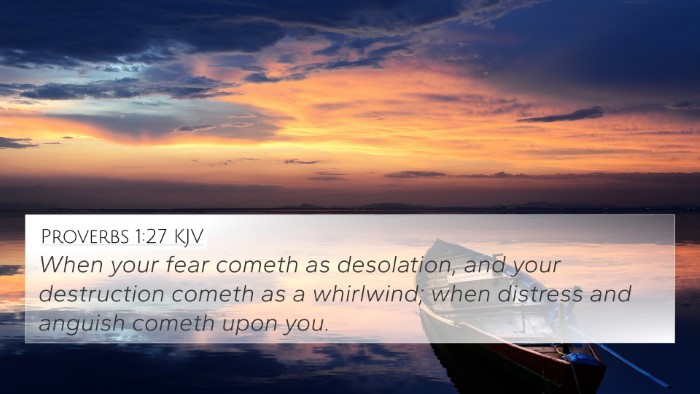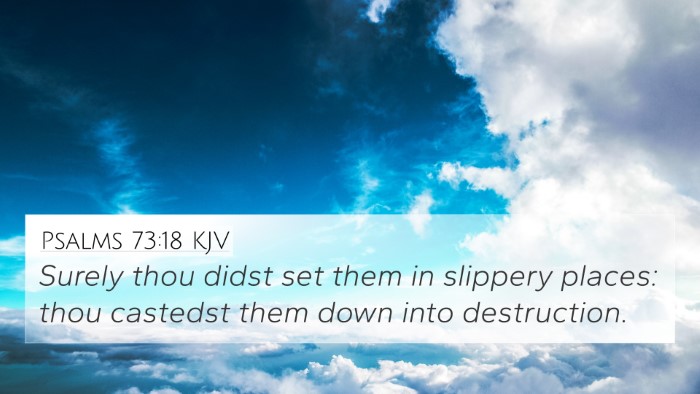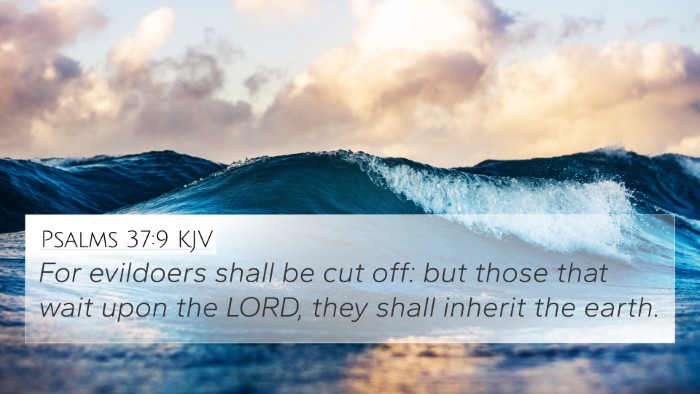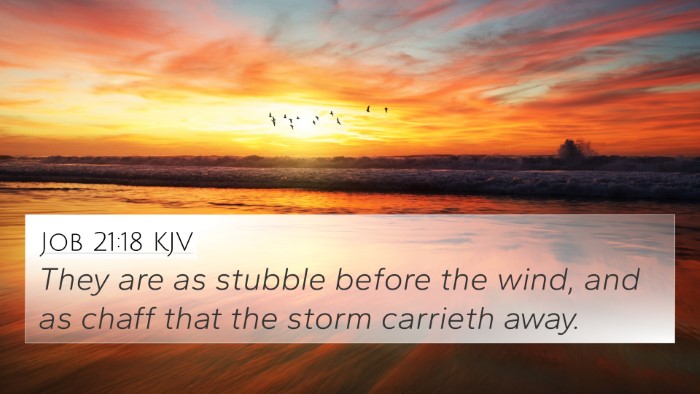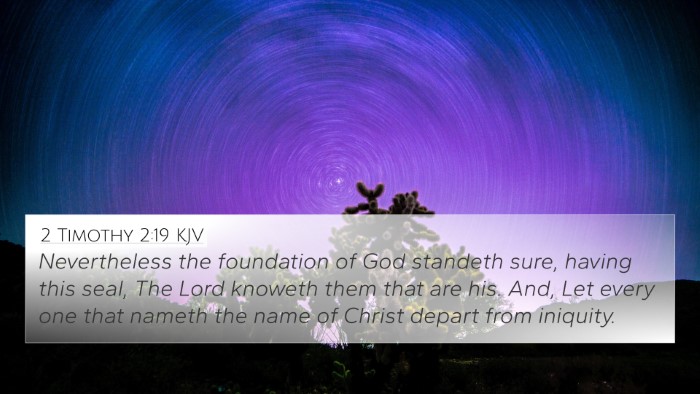Understanding Proverbs 10:25
Verse: "When the whirlwind passes, the wicked is no more: but the righteous is an everlasting foundation."
This verse contrasts the fate of the wicked versus the righteous, illustrating the transient nature of the wicked and the stability of the righteous. The "whirlwind" symbolizes calamity and judgment, where the wicked, due to their deeds, are swept away, while the righteous remain steadfast.
Insights from Public Domain Commentaries
-
Matthew Henry:
Henry emphasizes that the verse reveals God’s judgment upon the wicked. He explains that just as a whirlwind can disrupt and destroy, so will calamity come upon the wicked, leaving them without recourse. Conversely, the righteous, with their upright living and faith, are represented as a "foundation," suggesting stability and permanence amidst the chaos.
-
Albert Barnes:
Barnes discusses how this verse illustrates the divine justice that will ultimately prevail. He notes that the "whirlwind" not only signifies external turmoil but also God's intense concerning evil and injustice. The enduring nature of the righteous serves as a contrast, underlining divine favor and the assurance of their eternal legacy.
-
Adam Clarke:
Clarke interprets the whirlwind as an emblem of sudden destruction which overtakes the wicked when they least expect it. The righteous, however, are likened to a solid foundation, signifying their unwavering stance and the blessings that flow from a life of righteousness. His commentary stresses the importance of living a life aligned with godly principles to enjoy this lasting security.
Bible Verse Cross-References
This verse can be understood fully when linked with other scriptural passages that elaborate on the themes of judgment, righteousness, and stability. Here are 10 relevant cross-references:
- Proverbs 11:3: "The integrity of the upright shall guide them: but the perverseness of transgressors shall destroy them."
- Psalm 1:4-6: "The ungodly are not so: but are like the chaff which the wind driveth away... For the LORD knoweth the way of the righteous: but the way of the ungodly shall perish."
- Isaiah 57:20-21: "But the wicked are like the troubled sea, when it cannot rest, whose waters cast up mire and dirt. There is no peace, saith my God, to the wicked."
- Matthew 7:24-27: "Therefore whosoever heareth these sayings of mine, and doeth them, I will liken him unto a wise man, which built his house upon a rock..."
- Psalm 37:10: "For yet a little while, and the wicked shall not be: yea, thou shalt diligently consider his place, and it shall not be."
- Proverbs 14:32: "The wicked is driven away in his wickedness: but the righteous hath hope in his death."
- Isaiah 28:17: "Judgment also will I lay to the line, and righteousness to the plummet: and the hail shall sweep away the refuge of lies, and the waters shall overflow the hiding place."
- 1 Peter 1:25: "But the word of the Lord endureth forever. And this is the word which by the gospel is preached unto you."
- Luke 6:49: "But he that heareth, and doeth not, is like a man that without a foundation built an house upon the earth; against which the stream did beat vehemently..."
- Matthew 13:30: "Let both grow together until the harvest: and in the time of harvest I will say to the reapers, Gather ye together first the tares, and bind them in bundles to burn them: but gather the wheat into my barn."
Thematic Connections
In light of the references and commentaries, a few thematic connections emerge:
- Divine Justice: The permanence of the righteous underscores God's justice and His assurance that righteous deeds will be met with eternal rewards.
- Transient Nature of Wickedness: The "whirlwind" serves as a metaphor for the eventual downfall of the wicked, emphasizing the temporality of their success.
- The Stability of Righteousness: The portrayal of the righteous as a foundation indicates that a life grounded in virtue is secure against life’s adversities.
Cross-Referencing for Deeper Understanding
For anyone seeking to delve deeper into biblical narratives, using tools for Bible cross-referencing is invaluable. Here are some methods and resources to enhance your study:
- Bible Concordance: A comprehensive listing of words and phrases allowing easy navigation through scriptures.
- Citing a Reference Guide: Various guides help draw connections between verses and themes.
- Cross-Referencing Bible Study: Group studies can discuss connections between verses and their implications.
- How to Use Bible Cross-References: Practical methods include thematic studies, word studies, and analyzing parallel verses.
- Bible Cross-Reference System: Utilizing available technologies and databases for efficient study.
- Comprehensive Bible Cross-Reference Materials: Various resources including commentaries, guides, and apps that can aid in studying cross-references.
Conclusion
Proverbs 10:25 succinctly illustrates the fate of the wicked versus the righteous, emphasizing that while evil may prevail for a time, it ultimately leads to destruction. The righteous, grounded in their faith, are likened to an everlasting foundation, reflecting the eternal security granted by God. To fully appreciate this verse, one should consider it in conjunction with related scriptures, which enrich the understanding of divine justice, righteousness, and the transient nature of wickedness.
